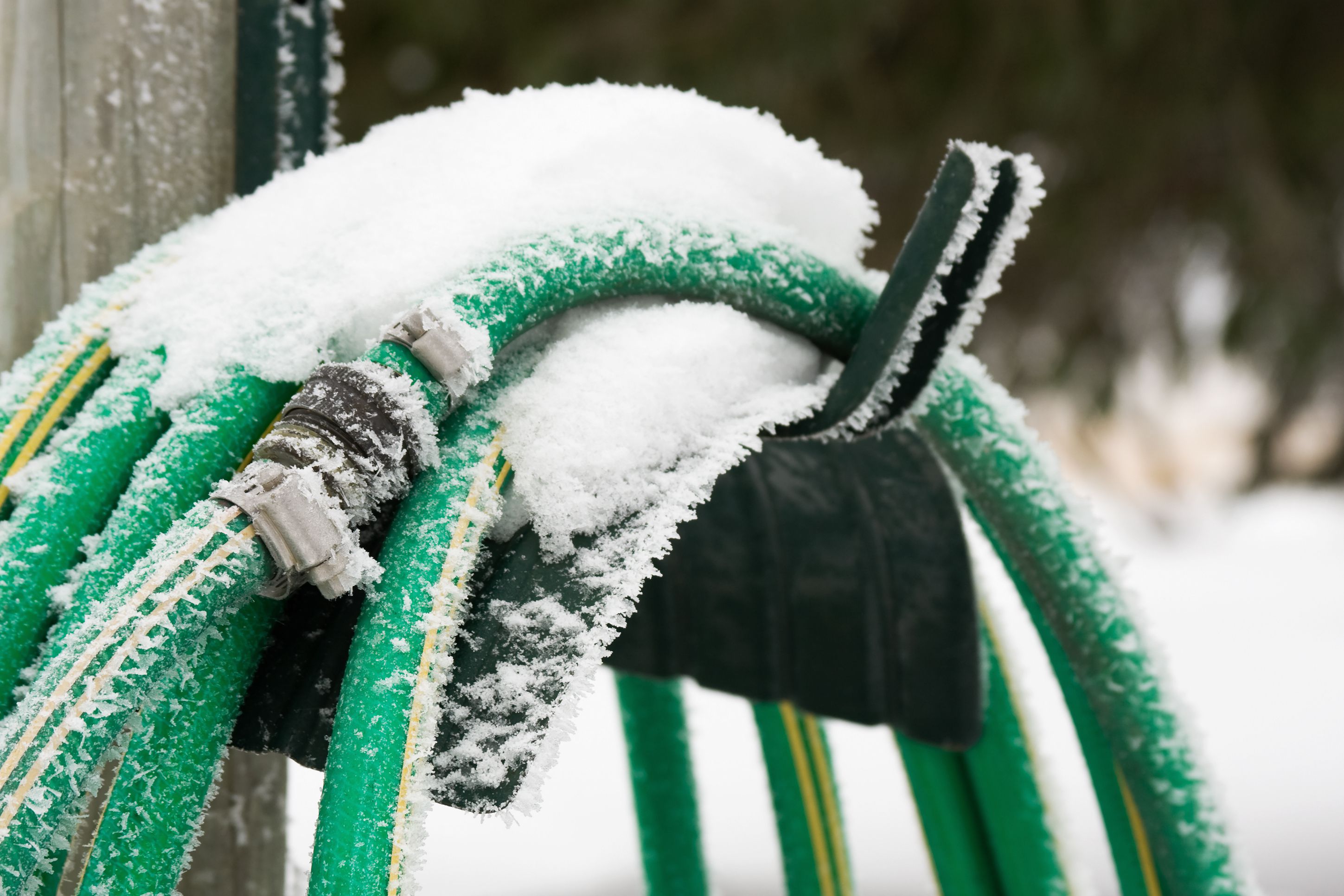6 Tips For Maintaining Your Garden Plumbing During Winter Months

This is an article submitted by a guest author. Not all views expressed are those of SelfEco or its employees.
Plumbing is an essential element of the house. It's been like that for centuries now. However, today it is more advanced than ever. Still, no matter the quality of your plumbing system, problems can occur. Especially during winter.
Keeping plumbing systems in your garden functional means following the same rules which are also valid for home plumbing. Read tips below and learn what to do when a problem arises.
1) Detect minor damage
Plumbing is a dynamic system, and every part of it has to work correctly in order for the whole thing to function. That is why the minor damage has to be detected on time. If not, it can quickly emerge as a big problem and star leaking severely which can cause harm to your crops, flowers or even just garden furniture.
2) What would you do in case of a plumbing disaster?
If your garden plumbing system fails, what would you do and where would you go? In case you come home and notice a significant leaking, the first thing you should do is to reach the main valve for water supply. If the place is hard to grasp, use tools to protect yourself.
3) Teach DIY solutions
Some tools, some patience and some knowledge, can significantly help you deal with minor plumbing problems. Not only will you be more informed and independent, but you will also spend less money. There are hundred online tips on DIY plumbing solutions that are easy to follow. With this knowledge, you will be able to fix leaking faucets or clogged drains in your garden. Instead of paying to a local handyman for these little problems, you will invest in your knowledge and skills.
Winter is coming
Homeowners that go through extreme winters with low temperatures can often face frozen pipes, cracking and other plumbing problems that appear during winter. Here are some basic tips on what to do in such a situation.
4) Prevent freezing of your pipes on time
Freezing of outside pipes can affect interior plumbing as well. Before the real low temperatures arrive, ensure all measures of caution. We recommend you to eliminate outside hosepipes and insulate exterior fixtures with special caps. If you worry about standing water, you can easily clean it using compressed air.
5) What if your hosepipe is already frozen?
The smartest thing to do is not to panic and take action. First, make sure you turn the water supply off. Then, get the hose off the spigot and check the spigot. If ice formed un spigot, then heat it up until it thaws. Also, heat the place where the spigot is connected to your home. This will ensure that the entire pipe is free of ice blockages.
6) Faucets covers
Another useful prop that can significantly help is faucet cover. Installing faucets covers on every spigot in your garden is one of the most affordable solutions for preventing the problem. Covers cost about 10 dollars and can be found at any plumbing supply store or quality home centres. They are made of unique tender foam or a particular type of plastic that is lined with soft foam. There is also another type of cover that is more like a bag made of elastic material with string. Why install covers? Well, you can see them as a long-term investment. They can be used over and over again for years, and they will be equally effective.
We hope these tips can help you maintain your garden plumbing system and know how to react when a critical situation arises. The smartest thing you can do is learn about plumbing in general and its main principles. That way you can be prepared for anything!
Author: Matt Jambro


